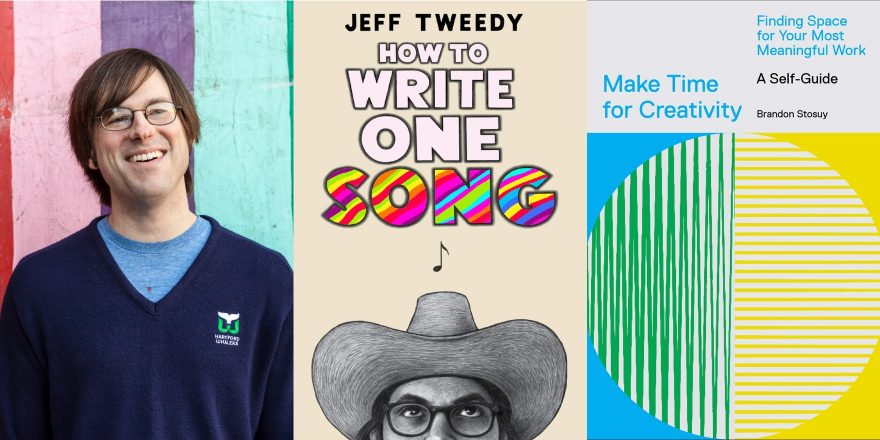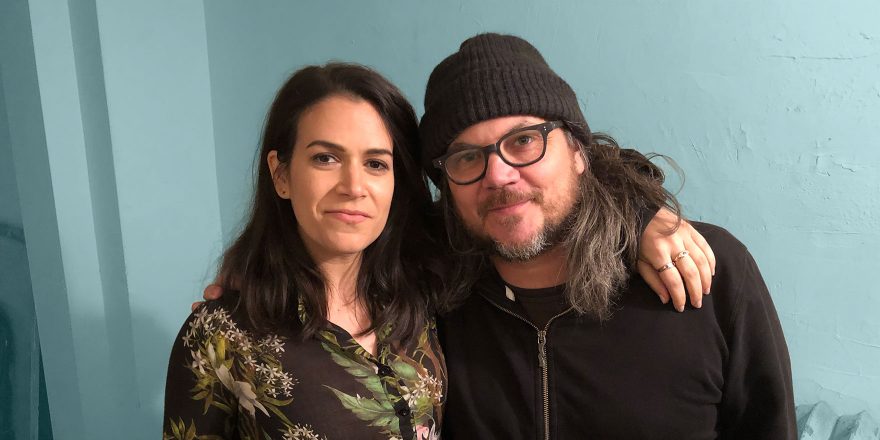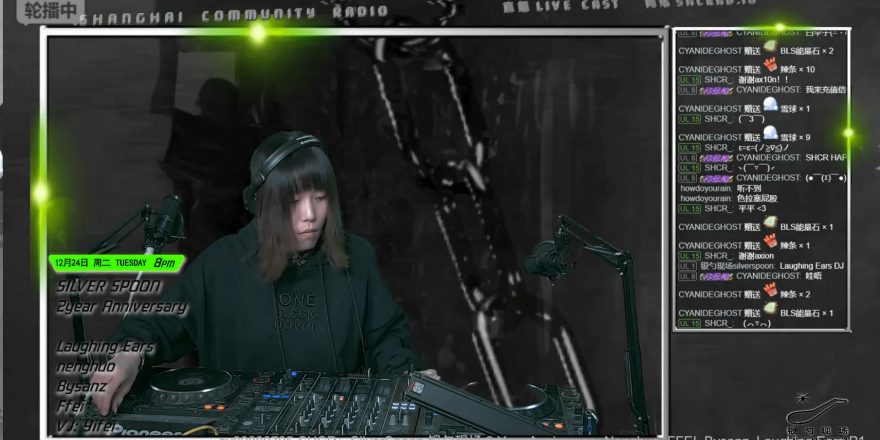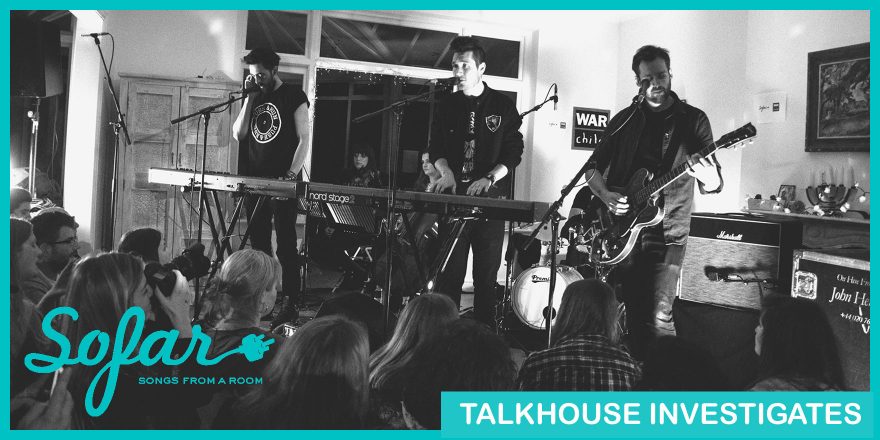Songwriting is hard. After 25 years, it’s still a mystery for me. An album with five songs I released in 2017 took two and a half years to finish. It was such an ordeal, I’ve struggled to complete anything since.
Songwriting is also easy. I’ve written plenty of songs in the time it takes to sing them. Some of my best lyrics flowed while an engineer was setting up microphones. If I had to account for every hour I spent actually songwriting, it would be embarrassingly low. I’m sure that most of my energy goes into avoidance.
How do we cultivate productivity and creativity? There are plenty of conciliatory books for the angst that accompanies our creative desertification. But I love them and I love to read them. Even bad ones are kind of good. These mute sentinels marshaled in rows on my shelf soothe me. The advice within them all can be boiled down to: priorities, self-esteem, inspiration, and routine. I don’t say this to be dismissive — these are the huge and thorny issues surrounding creative work. It’s simple and it’s hard. Sometimes a $20 book can pull you out of a hell of your own making.
Thankfully, there is a deep bench of these kinds of books — you may have used some yourself. Two great ones, The Artist’s Way by Julia Cameron and The War of Art by Steven Pressfield, are polar opposites on a continuum. Julia Cameron presents as a kind, bohemian cheerleader, nurturing you through self-doubt and stasis, while Pressfield is the terse drill sergeant clothed in Classics references (he calls it a War after all). They are both great and you should pick them up.
Often the authors behind these are best known for their creativity books, which is fine. But lately, people with huge existing platforms and plenty of busy, primary creative work are getting into the advice game. Questlove and Twyla Tharp have written excellent treatises in this vein recently — Creative Quest and The Creative Habit respectively. How to Write One Song by Jeff Tweedy and Make Time for Creativity by Brandon Stosuy are worthy companions to this family of aspirational tomes. Both books emerge from many years of personal experience and they brim with choice advice and practical solutions. These books are not reinventing the wheel, and they shouldn’t be, anyway. Like great songs in a genre, it’s affirming to hear the familiar chord progressions again, with their unusual and surprising variations.
Jeff Tweedy, the lead singer and songwriter of Wilco, is well known. His band won a Grammy in 2004 for A Ghost is Born. In a way, Wilco solve the inherent problems of a tired genre in every song. Whether you buy in or not does not take away the fact that Tweedy is an authority on creative solutions. His innovation here is in the modest goal of the title, How to Write One Song. I love this. It’s easy to founder in the immense concept of songwriting. While amazing, a beginner would be lost (as I was often) in Jimmy Webb’s Tunesmith: Inside the Art of Songwriting. Instead of dropping us off in the thin air of Everest without oxygen, Tweedy sets us toddling in some modest foothills.
He opens the definition of a song wide. If you are into DIY or extreme forms of music this won’t be a revelation, but for most of us, a song has clearly delineated parameters. Tweedy makes sure we leave these at the entrance. He doesn’t even delve into specific music theory. His language is casual, spritely, and efficient. The goals are modest: Put some words to some sounds. That’s it. For every excuse and stumbling block, he presents a few practical and explicit solutions.
While the short book is great, his multi-chapter section on lyrics was the most revelatory. Full of practical word associations and techniques, these pages alone could open up a lyrical world for an aspiring songwriter, and it certainly helped me.
I’m not deeply versed in music theory; I’m a drummer by trade, but I’ve written plenty of songs. I pushed through my limitations somehow. In this way, Tweedy’s book felt comfortable. There is little technical jargon, it’s driven by results. But I suspect even conventional songwriters will find fruitful tips and avenues here.
Stosuy’s book Make Time for Creativity has a broader mandate — it targets creativity more extensively. The book is also compact, but it manages to be lot of things: a workbook with prompts and lots of blank space for the reader’s thoughts, a collection of quotes from a wide range of accomplished artists and a memoir in which Stosuy discusses his own approaches to time management, ritual, intention, and downtime.
Stosuy has fashioned a creative life for himself that encompasses curation, writing, artist management, and editing. His book resonates with the curiosity and generosity these pursuits require. For every excuse we have to avoid our personal work, Stosuy puts forth an example of someone who overcame it, and a few techniques for dispatching a stumbling block. As a drum teacher, I’m often asking my students to commit 15 minutes a day to practice. If you can’t find those 15 minutes, we probably shouldn’t be meeting. Stosuy (and Tweedy as well), shave it down. Can you give yourself five minutes? If you find yourself contorting yourself into a corner to avoid five, perhaps there’s something deeper that a book can’t help you with.
Speaking of this, my creativity is at a nadir. I know what I need to do every day to keep me positive, but I shirk. Exercise, some good food, time with my wife, drum practice, reading, writing, and working on new music are all essential. But in the last few months I’ve struggled to engage consistently. While hopefully this admission can put some readers at ease — you’re not alone — it still isn’t a way to live.
These two books arrive at the right moment, deep in the paralysis of the pandemic — and as Tweedy writes, “I truly believe that, at the very least, if you can unburden yourself of your more judgmental and discerning self with some regularity, you’ll have a better life.” 







